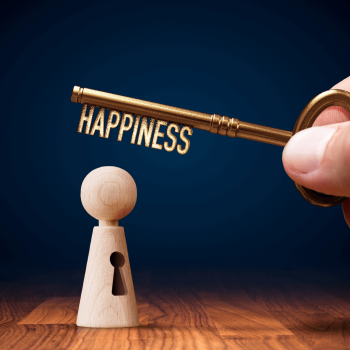According to the latest poll from Gallup, more than one in five Gen Z adults in the US—people born between 1997 and 2012—now identify as LGBTQ+.
But while that number may seem high, it’s right in line with the changes in sexuality from generation to generation. The study found that people in each generation are roughly twice as likely as the one preceding it to identify as LGBTQ+. If the trend continues, then nearly half of those who come after Gen Z will share a non-heterosexual identity.
What is more interesting than the overall statistics, however, is the breakdown of how they got there.
You see, the most common LGBTQ+ status among Gen Z, millennials, and Gen X is bisexual rather than homosexual. That’s a marked change from older generations, where the two identities are roughly equal. Moreover, Gen Z women are nearly three times as likely as men to identify as LGBTQ+, with more than two-thirds of them affiliating with the B part of that acronym.
As such, while 4.4 percent of the adult population identifies as bisexual, it’s a designation claimed by 57.3 percent of the LGBTQ+ population.
A binary distinction
I bring all of this up today because when we hear these statistics, it’s easy to forget how much diversity exists within an acronym that encompasses essentially every sexual orientation besides heterosexual individuals. And that kind of binary distinction is intentional.
After all, adults who identify as lesbian (1.2 percent), gay (1.4 percent), or transgender (0.9 percent) remain a distinct minority within the culture. And the same proportions are largely true of Gen Z as well where, despite an LGBTQ+ population nearly three times greater than the national average, only 3 percent, 2.6 percent, and 2.8 percent identify as L, G, and T, respectively.
But when you think about how LGBTQ+ normalization is often portrayed in the culture, how do those statistics compare with the national narrative?
From tolerance to acceptance
When the movement to normalize LGBTQ+ activity first began to gain momentum, the stated goal was tolerance. In the decades since, however, it has largely shifted to acceptance and validation.
And understandably so.
After all, very few of us would be all right with just being tolerated. We were created to crave a deeper level of relationship than simple tolerance affords. As such, it was only natural for the goalposts to shift once toleration was achieved. And that’s not likely to change anytime soon.
So how should we respond?
A choice we all must make
The choice each of us must make is ultimately whether we will condemn Scripture or condemn actions that Scripture clearly calls sin.
And we need to understand that choice is one each of us will eventually have to make. The only question is how far down the path toward acceptance we’ll go before making it.
I wish that weren’t the case, and as we stand for a biblical view of sexuality, it’s imperative that we do so in a way that honors God and demonstrates his love to those with whom we disagree. But, ultimately, the least loving thing we can do is encourage people to continue living in a way that God can’t bless.
That doesn’t mean we should go looking for a fight or even that we volunteer our beliefs on this subject. People are more than their sexual identity, and our approach to them should reflect that. But if pressed for an answer, God’s word is clear what that answer must be, and we shouldn’t apologize for it or be ashamed by it.
So the next time you’re forced to choose between affirming Scripture or affirming what Scripture calls sin, which path will you take?
Decide now because it will only get more difficult the longer you wait.
NOTE: For more on what the Bible teaches on this subject and why, please see “What does the Bible say about homosexuality?” and “What does the Bible say about transgenderism?”

















